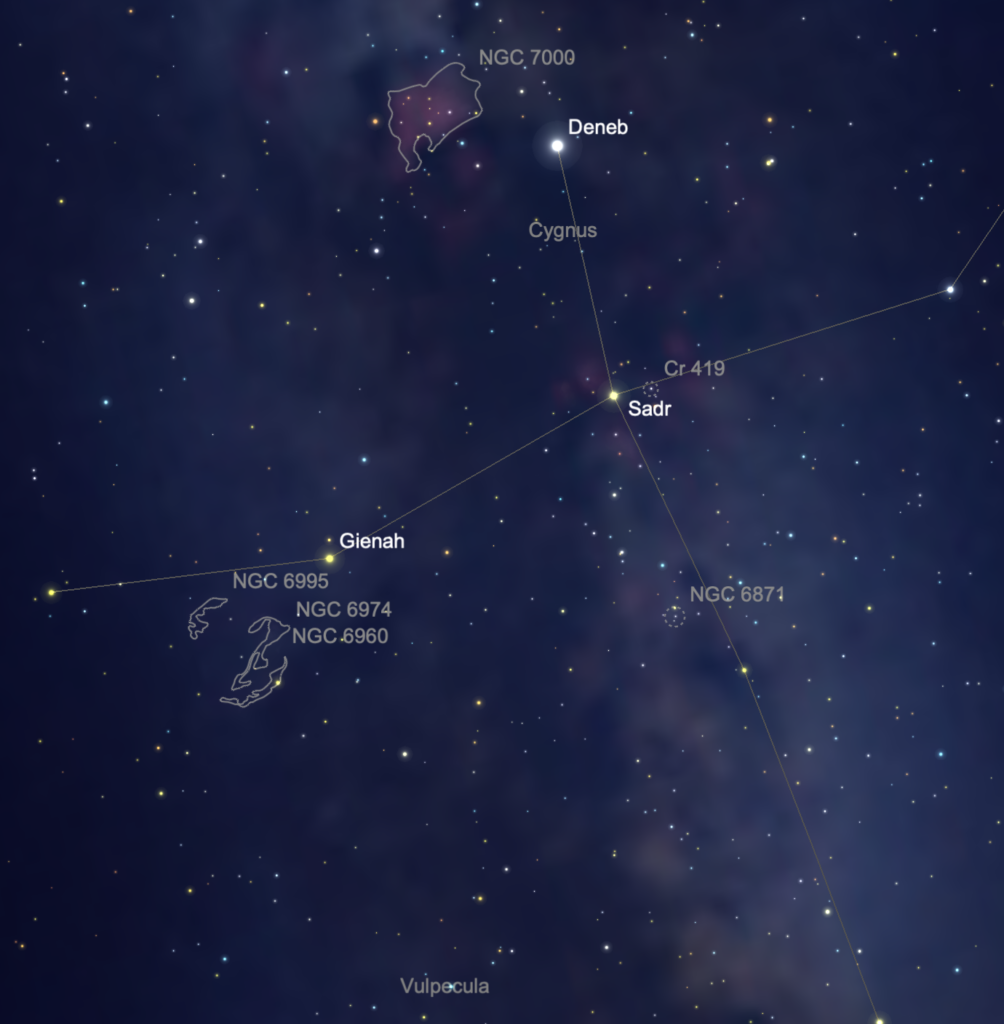
“It’s better to burn out than to fade away”, as Neil Young once said, and when it comes to burning out nothing beats a big star that blows up as a supernova. These catastrophic events occur as big stars run out of fuel in their core and become unable to hold themselves up against the relentless pull of their own gravity. Their outer layers collapse, crush the star’s dense core into a neutron star or black hole, then snap back in a violent explosion that eject as much energy in a few minutes as our sun does in its entire lifetime.
Since only the largest stars expire like this, and since the explosion itself plays out quickly over a few days or weeks, a supernova is a relatively rare event: the last known supernova in the Milky Way happened more than 400 years ago. But such explosions often leave a long-lasting imprint in the form of a visible nebula caused by the rapidly expanding shock wave of the exploding star colliding with and setting aglow the rarefied gas of the interstellar medium. Dozens of these so-called supernova remnants fleck the night sky. Most require a big telescope and sensitive camera to detect, but one of the brightest and easiest to see lies off the eastern ‘wing’ of the constellation Cygnus, the Swan. This is the famous Veil Nebula, a sprawling complex of glowing gas and one of the most intricate and intrinsically beautiful objects in our galaxy.
Once thought to be caused by two separate stellar detonations, the Veil was likely produced by a single star of about twenty solar masses that blew up about 8,000 years ago. At a distance of just 2,100 light years, the event must have been spectacularly bright for weeks to pre-historic stargazers and likely incited much untutored speculation about the nature of the night sky. Since then, the shock wave from the supernova has already expanded such that we see nebulosity spread over about 3.5 degrees of sky, about seven times the diameter of the full moon. In real terms, that corresponds to more than 110 light years, and the nebula continues to expand rapidly.
This video gives you a close-up look at the Veil Nebula with images from the Hubble Space Telescope
While it’s lovely to behold the Veil Nebula in photos as a form of abstract sculpture on a galactic scale, it’s also an object you can see for yourself. The complex lies a few degrees off the star epsilon (ε) Cygni (Gienah) at the tip of the eastern wing of Cygnus. It’s easily within reach of a small telescope in dark sky. Like many sights in the deep sky, the Veil was first glimpsed by William Herschel in 1784. He noticed the western end of the nebula, now cataloged as NGC 6960, which runs through the 4th-magnitude star 52 Cygni. The eastern arc of the Veil complex (NGC 6992 and NGC 6995) is easier to see in a telescope and arguably more intricate and appealing. Between the two elongated sections lies the more tenuous section called Pickering’s triangle named after Harvard astronomer Edward Charles Pickering, although it was actually discovered by his redoubtable assistant, Williamina Fleming.

To see the Veil through a telescope, a light-pollution filter is a huge help. Unless you have a field of view of 3.5o or more (a large field for a telescope), you’ll only see one section at a time. Even the brightest part of the Veil, NGC 6992, is roughly 1 full degree across. The delicate lacework becomes visible in 4” or larger telescopes with a UHC or OIII filter. Use higher magnification (and more aperture if possible) to see the finer structure. Experienced observers in ideal sky can spot the entire Veil Complex with a pair of 10×50 binoculars.
You can spend all night examining this immense complex; it’s one of my favorite celestial sights. Without question, my best view of the Veil, or at least one small and intricately knotted section of the eastern Veil (NGC 6992), came on a clear July night in 2011 in the Adirondacks. The biggest scope at the observing site was a 25” Dobsonian with a stepladder leading up to the eyepiece, aimed at the Veil Nebula. There was no lineup to look through the scope, just one young woman descending the ladder after seeing the nebula and wondering what all the fuss is about. She was clearly a beginner and didn’t have much to compare it to. The owner of the telescope explained patiently that it was indeed an impressive sight and that a more experienced observer would find it so. I asked the owner if I could head up to take a look. As he continued his explanation to the young woman, I looked through the eyepiece. “Oh my GOD”, I said.
Share This: